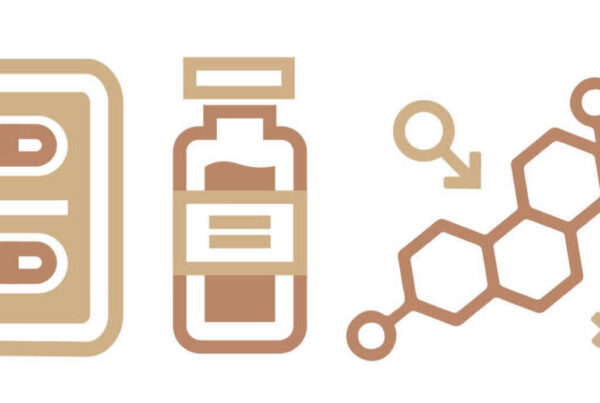The thyroid is a gland in the neck that secretes hormones into your bloodstream and performs functions essential to your overall health.
Low thyroid activity or low activity of the thyroid hormone may cause a suite of symptoms, including: fatigue, weight gain, brittle nails, thinning skin, thinning hair and depression.
The most common test for low thyroid identifies one type of dysfunction – primary hypothyroidism, or primary low thyroid.
There are, in fact, three ways that a person can have low thyroid hormone activity. Thus, people can have low thyroid hormone activity but be completely unaware of it, as this condition is significantly under-diagnosed. Identifying low thyroid requires not only tests, but also an understanding of a patient’s symptoms.
TSH, T4 and T3…What Does it All Mean?
TSH, T4 and T3 are the important hormones that indicate your thyroid activity.
TSH, thyroid-stimulating hormone, prompts your thyroid to produce thyroid hormone
T4 and T3 are different configurations of the thyroid hormone

Iodine also plays an important role, binding to the thyroid hormone and protecting it from breaking down in the body. The thyroid hormone has four receptor sites that can bind iodine; on T4, all of those receptors are bound. On T3, only three of the four sites are bound to iodine.
Because T4 is protected by iodine, it can last a long time in circulation. In this configuration, it is also significantly less active, and produces no discernable effect on the body. T3, however, can bind to cells in your body, however, and signal physiological changes. Because it is less protected, it is more vulnerable to break down.
Three Ways You Might Exhibit Low Thyroid
1. Inadequate production
Most doctors check for hypothyroid using the TSH test. It measures the amount of TSH in your blood, to determine whether or not you are producing enough T4. If your TSH is high, you may have primary hypothyroidism. About 20 percent of cases of low thyroid are detected this way.
2. Non-Conversion
The second indicator of low thyroid is called non-conversion. Ordinarily, an enzyme in the body called 5’-deiodinase naturally removes an iodine link from T4, and converts it into active T3. As people age, they tend to produce less 5’-deiodinase, and so less T4 is converted into the active hormone T3. About 30 percent of people with low thyroid have non-conversion.
3. Thyroid Resistance
The majority of people who have low thyroid activity – 50 percent – have thyroid resistance. This means that the receptors that bind T3 are either inadequate in number or are abnormal in structure. As such, the T3 binds to the receptor incorrectly, or not at all. This could also happen because of high insulin or cortisol levels in the blood. Typically, these patients have normal blood levels of TSH, T4 and T3 yet they have symptoms of low thyroid.
Non-conversion and thyroid resistance cannot be detected by conventional tests. Instead, patients require additional tests for free T3 levels, interpreted by someone with an understanding of the symptoms of low thyroid. For example, if a person has good levels of TSH, T4 and T3, but are experiencing symptoms such as:
- Cold hands and feet
- Thinning hair and skin
- Bruising
- Brittle nails
- Low energy
- Weight gain
- Depression
then this patient could benefit from treatment with thyroid hormone. Often times, taking thyroid hormone will alleviate these symptoms, clearly indicating a thyroid condition as their cause.
Low thyroid is under-diagnosed, and can be mistaken for other conditions such as depression. While testing is important, it cannot identify all cases. Enlisting a qualified, experienced physician is essential to successfully identify and treat non-conversion and thyroid resistance.





